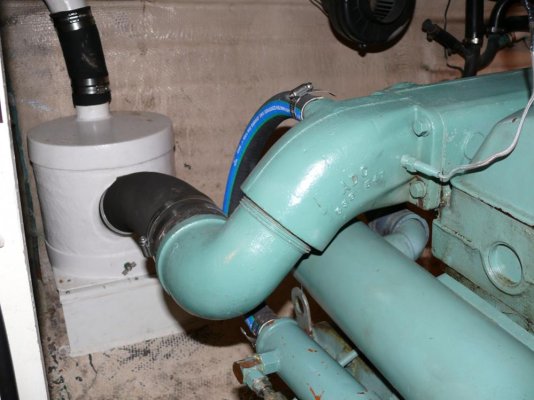Hey guys I have twin 120 H 380 cu.in. Lehman, in close to factory spec. not new but well taken care of. Today all was well doing 1800 and running 8-9 knots for 6 hrs. She was purring along with her sister when I came to a out of nowhere No Wake and like an idiot I cut down fast and washed a little. The port died in 4 sec. the other just keep on. I tried to crank, no go. I have checked all the first problem, fuel (no trash or air) elec. (start switch to alt.) all is as right as I can tell. I had to pull in to get medical assistance so I'll be here till Wednesday morning. we are all poor in some way but I really don't want to pay 175.00hr. if someone on this treasure cove can help. Any Ideas?
I'm in Brunswick, GA heading for Houston and have to be back by Christmas or sleeping in my bed will qualify for Combat pay.
I'm in Brunswick, GA heading for Houston and have to be back by Christmas or sleeping in my bed will qualify for Combat pay.

